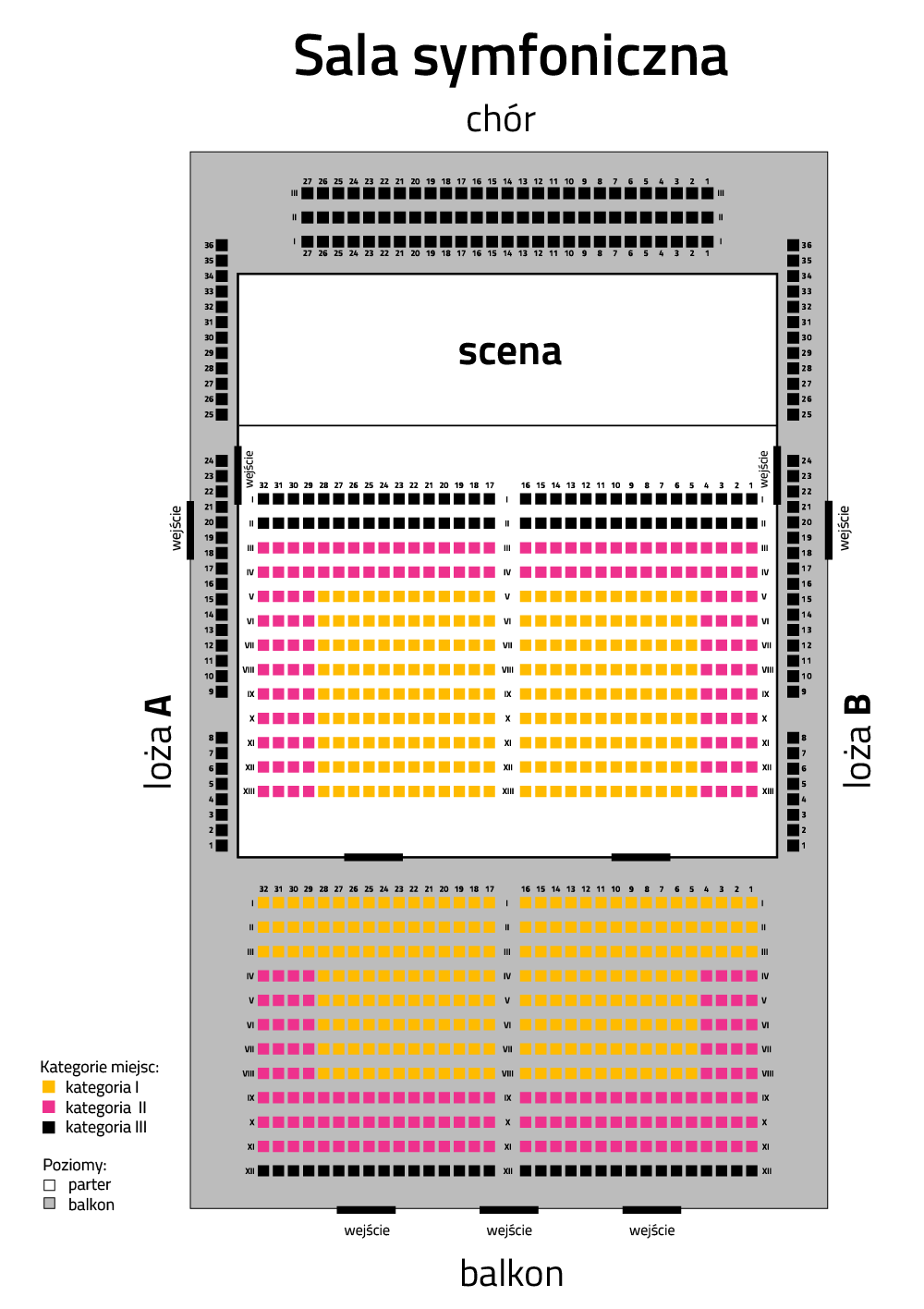The famous musicologist Stefan Jarociński once noted that at the end of the 19th century the musical language of the past epochs had been exhausted. It's a formula from which we usually begin to describe the various 20th century directions. American composers did not care much about this exhaustion. Barber, Anderson, Copland and Gershwin followed their own paths.
Samuel Barber. Composer and baritone singer. One of the most famous American composers. There are not too many radical voices in Barber's music, more often we hear echoes of musical romanticism and even classicism. The fame of this artist began in 1938 when Arturo Toscanini performed his "Adagio for Strings" (Part II of the string quartet). Barber won the Pulitzer Prize twice (for the Opera "Vanessa" and a piano concerto). He was awarded several times by the American Academy of Arts and Sciences. But all these awards did not do as much for Barber as they did for director Oliver Stone, who used the composer's music in "Platoon." The scene of Sergeant Elias death, having been betrayed by his brother-in-arms, is accompanied by Samuel Barber's "Adagio for Strings". The impression of this scene with the admirable sounds of "Adagio" made Barber an icon, a legend in his lifetime he entered the global consciousness. It had already been known that Barber was a good composer, for example, thanks to an overture to the play "The School for Scandal" which was included in the program of the concert entitled American Dream (1931-1933). This is not just some trivial music played next to art. It is a sophisticated symphonic poem in which the composer perfectly captures the atmosphere of the intriguing story of Richard Sheridan's story (coming form 1777).
The Szczecin audience had the chance to meet the art of Leroy Anderson (1908-1975), who was an American composer with Swedish roots, during the January 5 concert (composition "Bugler's Holiday"). But at the time it was a trumpet show, this time we will listen to a piano concerto. The composition was premiered in 1954 and met with mixed feelings. Here, you can hear a lot of different influences, on one hand some entertainment of a quasi-jazzy character, on the other phrases reminiscent of Rachmaninov, who is still worshiped in the United States. Well, the piece does not have a serious expression, and probably perfectly confirms the words of John Williams, who described Anderson as "one of the biggest American masters of light orchestral music." We will hear the concert in an interpretation of the artist, who is an illustration of a quite opposite syndrome to Beethoven’s, i.e. in his infancy he could only feel the vibrations and did not hear the sound. Then it was only better. Today he is a concert pianist, whose performances inspire American composers to create new works (e.g. Ellen Taaffe Zwilich).
The "Appalachian Suite" by Aaron Copland is a collection of songs that will take the audience away from Anderson's "light music" world. American composer Aaron Copland (1900-1990) built a completely unique individual musical language. Sleepy extensive phrases, polyrhythm and polytonality are features that, though present in 20th century music, in Copland's hands gain original sound shape. The first version of the suite was created in 1944 (there were three more: 1945, 1954, 1972). Following its success, conductor Eugene Ormandy persuaded the artist to expand the concept and create a ballet. According to the composer himself, the main inspiration was Edwar Deming Andrews's book on American settlers (members of the Christian restorationist sect). This is also the subject of the ballet, which is a story about the first inhabitants and builders of Pennsylvania. Interestingly, the suite did not have a title, and the existing one was properly given by the audience. The composer was a little amused when he frequently heard from the audience that he had managed to capture the "beauty of the Appalachians".
"American Dream" can not have a more different ending than the music of George Gershwin (1898-1937). It will be an arranged series of melodies from the famous opera "Porgy and Bess" (1925). The arrangement is done by Gershwin’s assistant Robert Russel Benett. So, not first hand, but we will hear the most famous melodies, such as "Summertime" and "I Got Plenty o 'Nuttin" ... Gershwin's persona ultimately confirms that – to the indignation of purists – the introduction of the African-American "lumpenproletariat" into the opera and jazz elite to the Philharmonic is possible. American dream so to speak. And the fact that it took a while was a different matter ...
------------------------------
Mikołaj Rykowski PhD
Musicologist and clarinetist, doctorate, and associate at the Department Music Theory at the Paderewski Academy of Music in Poznań. Author of a book and numerous articles devoted to the phenomenon of Harmoniemusik – the 18th-century practice of brass bands. Co-author of the scripts "Speaking concerts" and author of the spoken introductions to philharmonic concerts in Szczecin, Poznań, Bydgoszcz and Łódź.


